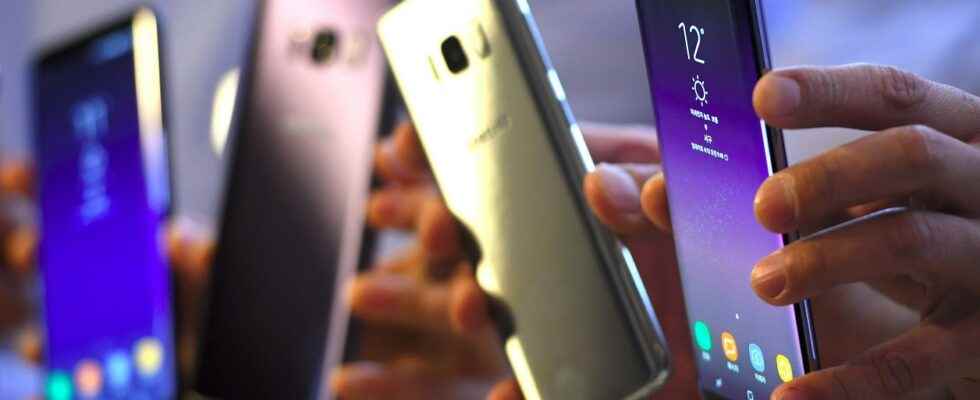21 million mobile phones would have been sold in France in 2020, according to the GfK institute. Of this total, 80% were new and 13% refurbished, according to a study carried out by Kantar for the company Recommerce. This market therefore still weighs relatively little in our country. But it is growing, driven by two promises. On the one hand, the tariffs are attractive to consumers. On the other hand, the impact of these devices would be less on the environment. But is this really the case? The Ademe (Ecological Transition Agency) wanted to compare their footprint with that of new smartphones.
It was not possible for us to access the complete study which has not yet been published, but only the elements communicated during the joint press conference of Ademe and Arcep on the impact of digital technology in France from January 19th.
Very diverse situations
Unlike devices from the second-hand market, a refurbished smartphone is tested and reset. It can be repaired or refurbished if needed. The products are then resold under warranty.
Once these generalities have been stated, which are reassuring for the user, the reality is that this equipment covers very diverse situations, of which one may wonder if they do not harm the ecological promise. They can thus be collected in France or abroad.
Likewise, it happens that they are refurbished outside our borders. This causes the transport of goods emitting greenhouse gases. These are certainly not the most desirable conditions, but even in these situations, the study points out that it is better to opt for a refurbished smartphone rather than a new one.
Ademe has imagined several scenarios. There is the ideal case of a smartphone collected, reconditioned in France, to which no accessories are added, and whose parts are not changed. It is just reset and cleaned.
In this case, the impact reduction varies from 72 to 93% depending on the indicators. The global warming potential will, for example, be reduced by 90%, and there will be 91% less fine particles emitted than a new smartphone.
Significant benefits
Conversely, take a device that lived its first life in the United States, then was reconditioned in Asia, and all the parts of which are changed with new accessories. In short, the worst configuration. Its environmental impact remains two to four times lower than that of new equipment. Depending on the indicators, the reduction varies from 55% to 71%.
These results are not very surprising since we know that it is the stage of manufacturing a smartphone that represents the heaviest environmental burden.
Reconditioning avoids “the extraction of 82 kg of raw materials and the emission of 25 kg of GHG (Greenhouse gases, Editor’s note) per year of use, i.e. 87% less than with new equipment »can we read in the documents provided by Ademe.
The agency even specifies that with sales estimated at 2.8 million units, the use of refurbished smartphones by the French would have avoided 229,000 tonnes of raw materials and 70,000 tonnes of CO2 equivalent in 2020. .
Also see video:
Good practices
The Ademe nevertheless recommends several good practices so that this mode of consumption is truly part of a virtuous cycle of circular economy.
It would be better to collect and recondition smartphones in France. Specialized companies should favor second-hand spare parts and not systematize the addition of new accessories such as headphones.
It remains to convince users to extend the life of their smartphone as much as possible, whether it is new or not. It is still too short compared to the possibilities that the devices offer, deplores Ademe. Reconditioning should not occur on a smartphone less than three years old. The second user should also keep it as long as possible.
Because the reconditioning market must not become an incentive for consumption. It must be avoided that it leads to a counter-productive effect such as certain second-hand clothing applications which, despite themselves, encourage their users to buy more knowing that they will be able to resell.
